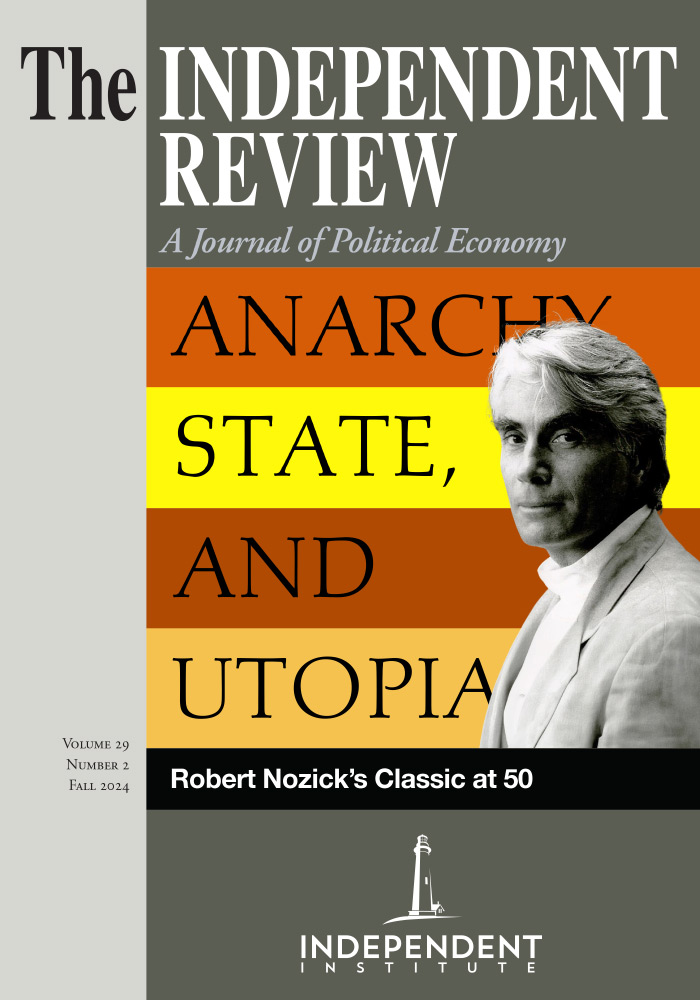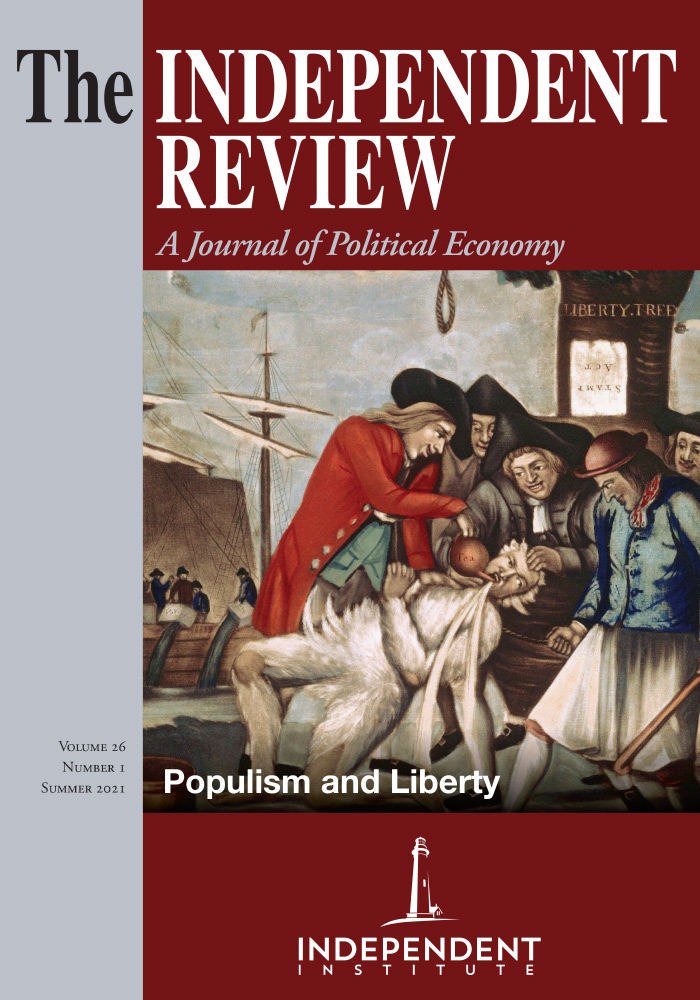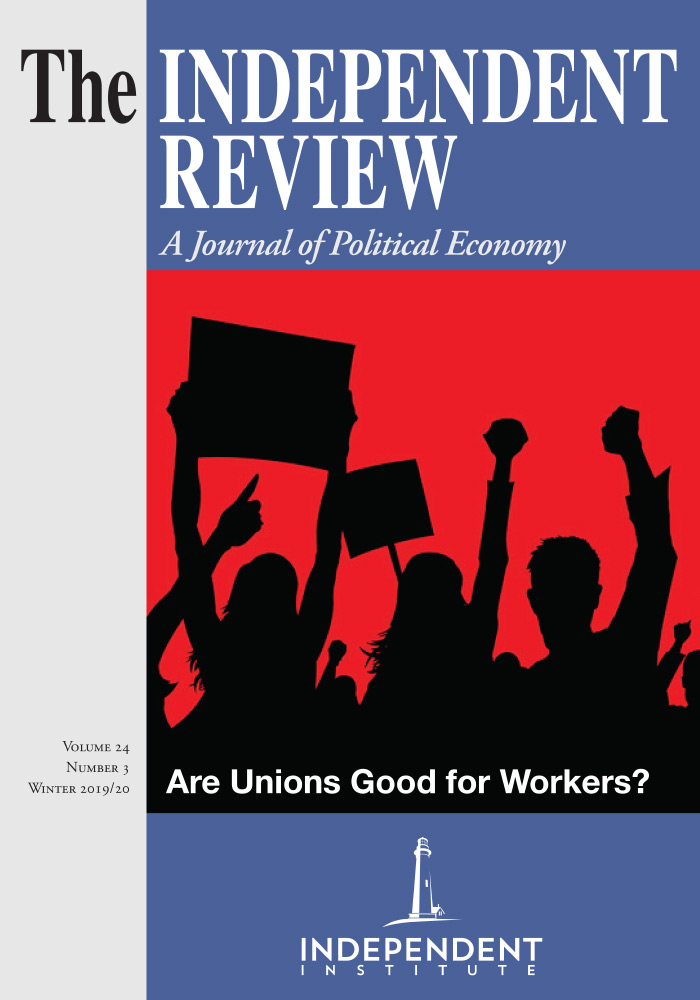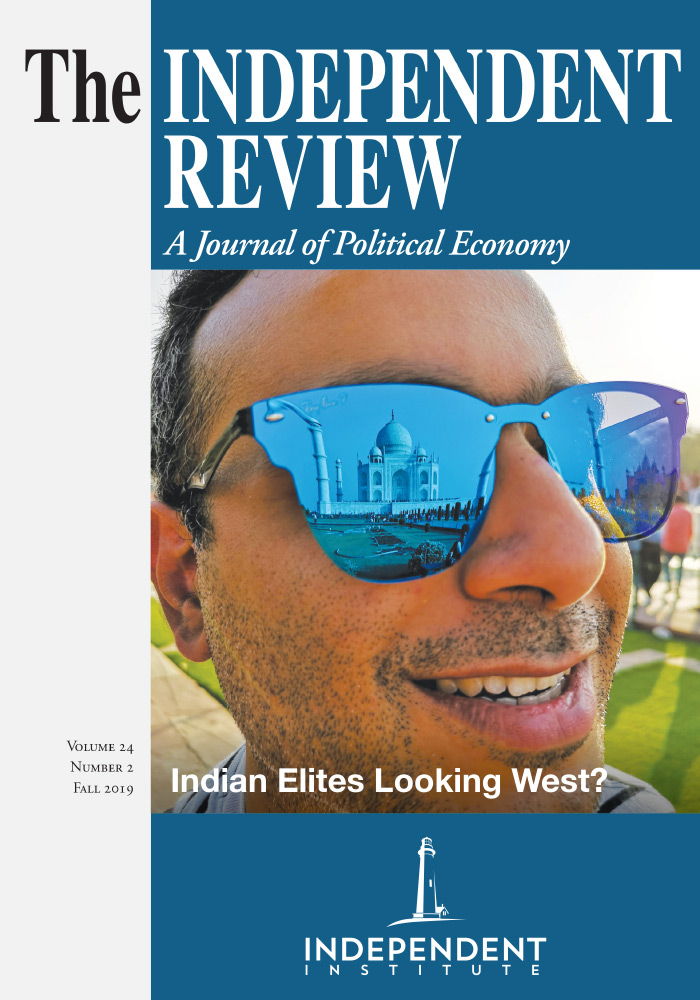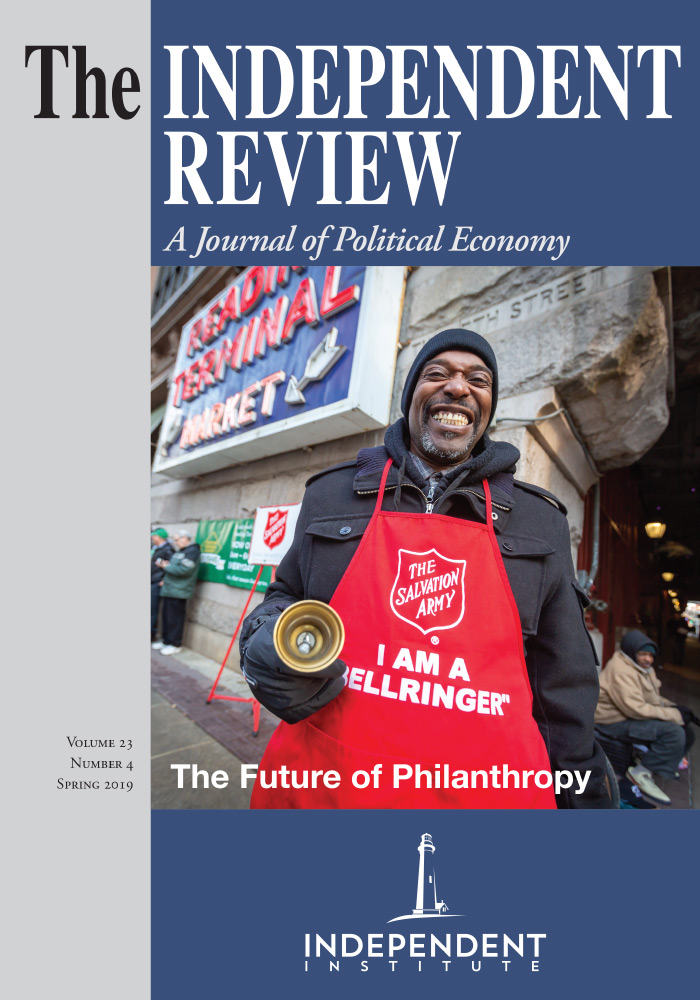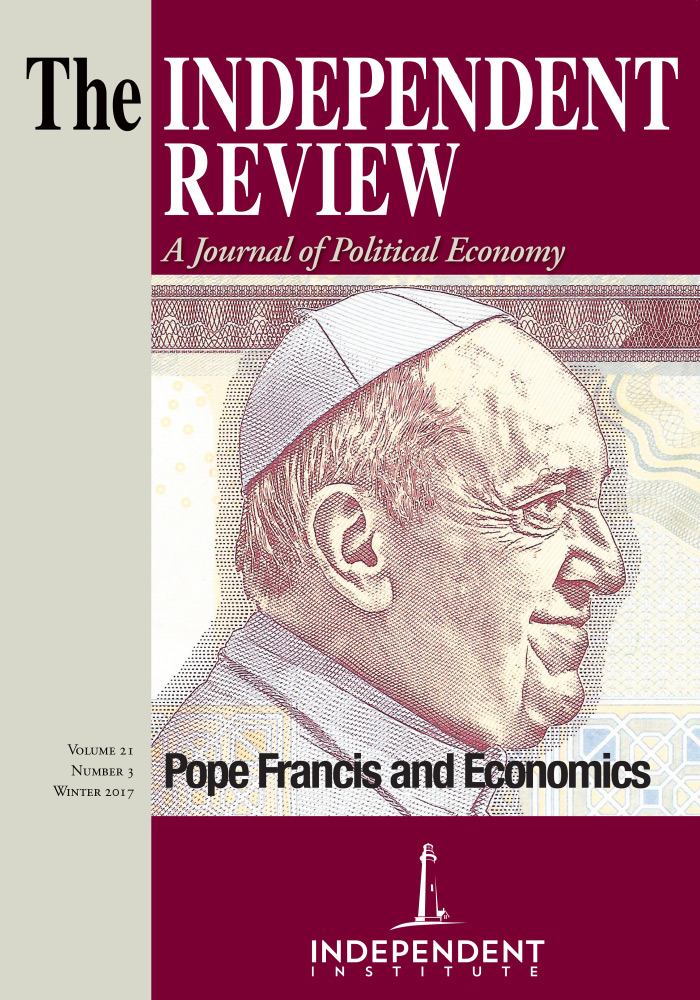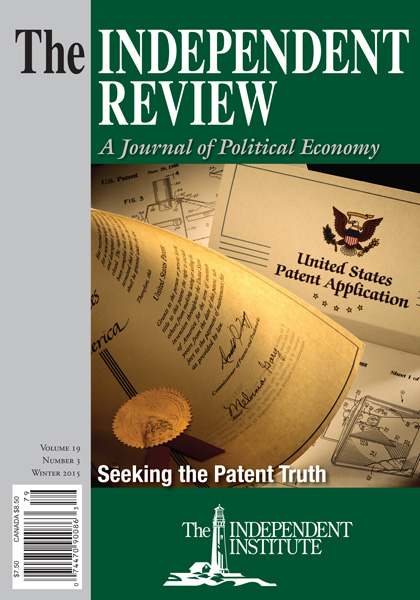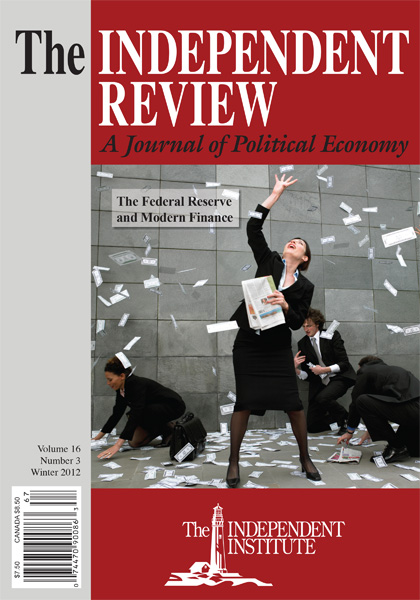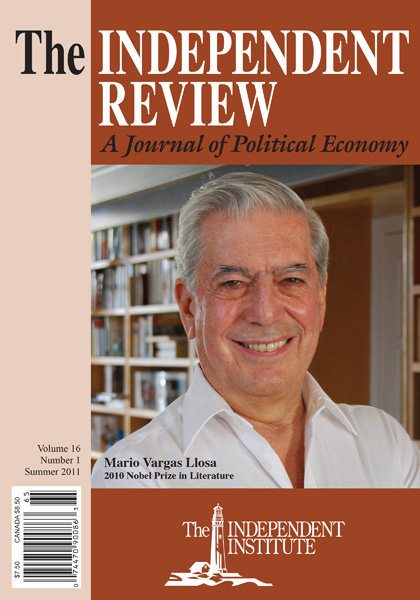Peace creates the conditions for human progress; violent conflict does the opposite. Violence kills and maims, produces long-lasting negative psychological effects, and destroys social and physical capital, all of which reduce human well-being. How then can people avoid the devastating consequences of violent conflict? The typical response is “peacebuilding” which entails addressing both immediate conflicts and “root causes” to avoid the onset of future violence. Since the world wars, peacebuilding efforts have become institutionalized in national, and international government agencies (e.g., the United Nations) in partnership with non-governmental organizations (NGOs) and private contractors.
Although the specific details vary, the general pattern of peacebuilding typically goes as follows—violence breaks out creating a crisis. In response, governments (either foreign governments acting independently or through international organizations) deploy some combination of military manpower, aid, and expertise. A range of peacebuilding activities is undertaken as interveners work through the domestic national-level organizations in the conflict-ridden country. These efforts often fail to generate any kind of peace and even where they do, the success is typically short-lived. The cycle continues. How can it be that well-funded peacebuilding efforts, which are designed and staffed by supposed experts, continually fail to achieve their goals? This excellent book offers an answer to this question.
Séverine Autesserre, a professor of political science and conflict researcher, has spent years studying violence through fieldwork in a dozen conflict zones. Drawing on her personal experiences and broader academic research, she offers insight into the process of peacebuilding. Her main target is what she calls “Peace, Inc.” which refers to the broad collection of actors—foreign governments, international government organizations, NGOs, private contractors—involved in peacebuilding. The operations of Peace, Inc. are defined by some general characteristics and tendencies. Foreign experts and resources are viewed as central and necessary to produce lasting peace. Foreign interventions rely on top-down solutions implemented through national government institutions in the country being intervened upon. Crucial to this national-level focus is neglect of local, context-specific conditions and cultures within the society where peacebuilding is taking place. In the name of efficiency and assessment, Peace, Inc. relies on general blueprints of peacebuilding which are deployed across geographic contexts and conflicts as rapidly as possible. In the name of safety, and often the desire for first-world amenities, foreign peacebuilders often remain outside of the communities they purport to “fix.” This exacerbates the gap between the realities on the ground and the knowledge of outsiders. It also reinforces the stereotypes held by many peacebuilders that “local people are uneducated, lazy, self-centered, violent, and untrustworthy” (p. 70) which only reinforces the belief that enlightened outside intervention is the only solution to the conflict.
According to Autesserre, each of these characteristics is at odds with genuine and sustainable peacebuilding. My reading of the stylized facts emerging from her analysis can be summarized as follows. First, endogenous peace is possible. Peace, Inc. views peacebuilding as an exogenous process—external actors intervene to “fix” broken societies. But this neglects the ability of people living in societies where violent conflict is an issue to discover and implement potential solutions for peace. Autesserre provides numerous examples of instances of peace, even within broader contexts of surrounding conflict.
Second, outsiders rarely understand the nuances of the conflict they seek to address. “Outsiders” does not refer to geographic proximity, but instead to the knowledge distance—the ability to understand the nuances of the conflict from the perspective of the people involved. The causes and consequences of violence vary greatly, both within and across societies. Members of the national government in societies where violent conflict is an issue often lack an understanding of the local complexities of the conflicts occurring within their country. The national-level focus of Peace, Inc. ignores this heterogeneity and runs the risk of not only failing to address the causes of local-level conflicts but of making matters worse.
Third, peacebuilding is messy. The conditions for peace do not follow some pre-defined template that can be written down in a rubric and transported from society to society. The process of peacebuilding takes time, often years or decades. Peacebuilding is not a clean and linear process, and it involves various disappointments along the way. These setbacks are typically viewed by outsiders as something requiring fixing due to the inability of insiders to resolve the problem. An alternative view, however, is that these impediments are part of the process of learning and compromise required for sustainable peace. Social life in all settings is characterized by numerous evolving frictions that need to be navigated for people to live together peacefully. Situations of peacebuilding are no different. The navigation process will result in instances of success and failure as people find their way.
Fourth, more resources do not necessarily mean more peace. For Peace, Inc., success requires a plan and appropriate resources—expertise and monetary resources—for executing that plan. Failure is attributed to gaps in the plan, a lack of adequate resources, or failure of people in the society being intervened upon. This assumes that peace is an outcome that can be planned and purchased. The reality, however, is that human societies are characterized by numerous overlapping complex systems. These systems are not linear and cannot be fully grasped using human reason. Efforts to impose a simple linear solution on complex systems will, at best, produce unintended consequences, and, at worse, cause harm to the very people already suffering from violent conflict. The issue is that the incentives facing government agencies and NGOs are to increase the amount spent on peacebuilding and to spend those increased resources on observable outputs to signal they have “done something.”
The great strength of this book is that it offers a radical reorientation of what peacebuilding entails. Peacebuilding is not something that takes place exogenously, by outsiders who intervene upon the system to re-design it according to their wishes. This has nothing to do with the motivation of interveners. Even the most other-regarding members of Peace, Inc. will lack the knowledge and capabilities to successfully build peace in any kind of consistent and systematic manner.
Despite the significant flaws with Peace, Inc., Autesserre does not advocate ending foreign interventions. She provides several reasons why foreigners may have a role to play in peacebuilding. They bring significant resources, encourage international support, provide security and safe spaces, and provide moral and political support to locals. But for foreign intervention to be effective, Autesserre argues, they “must draw on the knowledge, perspectives, networks, and assets of both insiders and outsiders” (p. 175). This creates a tension in her argument that remains unresolved. Given the incentives inherent in the operation of Peace, Inc., it is not clear how this partnership between “insiders and outsiders” would operate or sustain in the desired manner.
As the book convincingly demonstrates, the operation of Peace, Inc. is fundamentally at odds with the type of local and diverse peacebuilding necessary for sustainable peace. This is the result of systematic features of the peacebuilding industry. Given these inherent features, it is unclear how the Peace, Inc. system—which is top-down and controlling—could exist parallel to the bottom-up approach to peacebuilding that Autesserre advocates. Given the incentives they face, the members of Peace, Inc. have no reason to give up the resources and control which is what would be required to empower local actors. Even if Peace, Inc. did cede power to local activists and citizens in the immediate term, it is not clear what would constrain the pull to re-expand over time. The tendency to reassert control over foreign interventions would be strengthened by the fact that governments use peacebuilding operations as a way to project influence to achieve broader political goals—e.g., establish client groups or states, engage in proxy wars, etc.—beyond the purely humanitarian.
Institutional problems require institutional solutions, and without a clearer picture of what these alternative arrangements would look like, or how they would come about, I remain skeptical of Autesserre’s proposed way forward. This skepticism does nothing to undermine the core points of the book which are of great importance. The ultimate source of peace is people within communities. People possess the power to be proactive, value-added participants in the peacebuilding process. The hubris of outside “experts,” ignores the agency of ordinary people to solve their own problems and threatens endogenous peace processes. If policymakers and scholars internalize these central insights and their implications, the world will be a better, and more peaceful, place.
| Other Independent Review articles by Christopher J. Coyne | ||
| Spring 2025 | The Nuclear Ratchet: Crisis, Leviathan, and Atomic Weapons | |
| Spring 2025 | What’s the Worst That Could Happen?: Existential Risk and Extreme Politics | |
| Spring 2024 | Murray Rothbard on War and Foreign Policy | |
| [View All (48)] | ||






